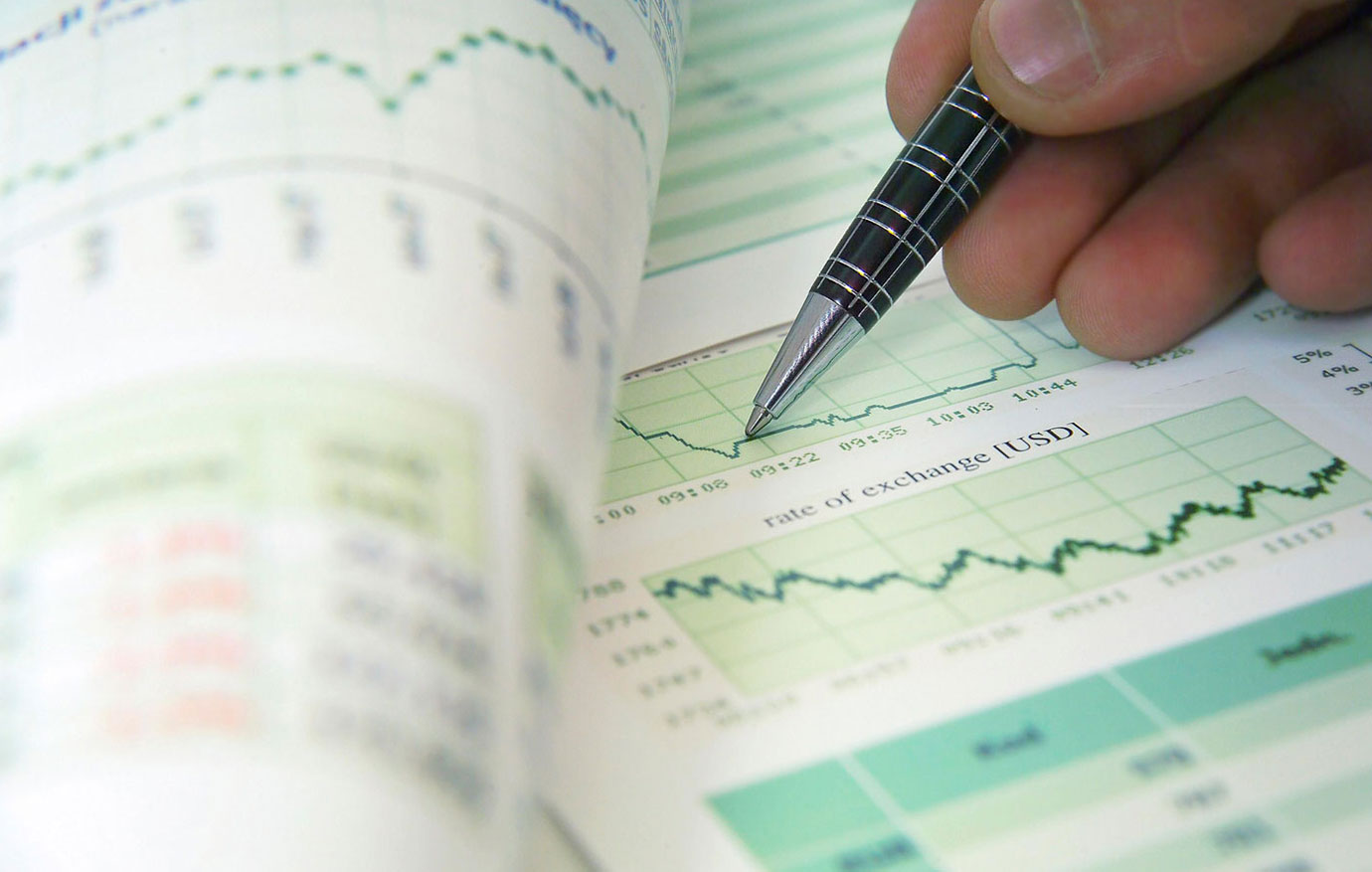
It Is Not Too Late to Rethink the Second Avenue Subway
The New York Metropolitan Transportation Authority is moving forward with plans to extend its Second Avenue Subway, incurring unprecedented costs and potentially jeopardizing the transit system’s state of good repair. Before shovels go into the ground, federal and local officials should consider shortening or even shelving this project.
The Second Avenue Subway Phase 2 promises to add 1.76 miles of track and three new stations in Upper Manhattan at an estimated cost of $7.7 billion, working out to more than $4 billion per mile.
Planners and transit advocates see the extension as long overdue. The Second Avenue Subway was first proposed in 1920 and a portion of the tunnel was dug in the early 1970s before the New York City financial crisis. Meanwhile, elevated lines on Manhattan’s East Side were demolished, leaving the Lexington Avenue line (the sole north‐south subway on the East Side) with more passengers than it could handle by the early 2010s.
But subsequent events have reduced pressure on the Lexington Avenue line and thus the necessity of this project. Overall subway ridership peaked in 2014 and fell 6 percent by 2019 before cratering with the onset of the COVID pandemic. Ridership is now rebounding but is expected to remain below pre‐pandemic levels for the foreseeable future. Also, ridership is less concentrated at rush hours when the Lexington Avenue line’s capacity was being exceeded.
In addition, the first phase of the Second Avenue Subway has taken riders off the Lexington Avenue line, further relieving pressure on the 4, 5 and 6 trains (for readers outside New York City, it is worth noting that Second Avenue and Lexington Avenue are only 0.2 miles apart, or about a five‐minute walk).
If capacity pressure on the Lexington Avenue line returns, the MTA has a less costly alternative to building a new subway extension. It could replace the Lexington Avenue line’s antiquated signaling system with Communications‐Based Train Control (or CBTC), which uses “wireless connectivity to keep trains in constant contact with a centralized system that controls their movement.” This advanced signaling system has already been implemented on two other New York subway lines. It would allow MTA to run trains closer together on the line increasing its capacity.
Project advocates contend that East Harlem is a transit desert, a place where underprivileged residents have insufficient access to public transportation. But a bus rapid transit line already serves the area. The line, M15 Select Bus Service (SBS), begins in East Harlem, parallels the Second Avenue Subway through the Upper East Side, and terminates at South Ferry, running south on 2nd Avenue and north on 1st Avenue. SBS lines differ from local buses in that they have dedicated and enforced bus lanes, curbside fare collection, and longer intervals between stops—approximately the same as the distance between subway stops—all to speed up travel.
A Shorter, Less Expensive Option
If MTA decides to pursue the expansion, it could get some of the passenger convenience benefits at much lower costs by shortening the project. The planned terminus at 125th and Lexington Avenue, to provide a transfer to the Lexington Avenue line, involves adding a curve at 125th Street and tunneling under Lexington Avenue tracks. By terminating at 125th and 2nd, MTA would avoid the necessity of digging this deeper tunnel. It would also limit construction‐related disruptions to users of 125th Street, a busy commercial thoroughfare.
If MTA concludes that a free transfer at 125th Street is essential, it could fulfill that need more economically by providing an underground walkway between Second and Lexington Avenues.
A shorter project would mostly use the tunnels previously dug in the early 1970s, which MTA has been maintaining ever since. MTA could further reduce costs by building more modest stations at 106th Street and 116th Street. In their analysis of Phase 1 of the Second Avenue Subway, researchers at NYU’s Transit Cost project found that the new MTA stations at 72nd, 86th, and 96th Streets had much more excess space than comparable metro stations in Europe. Overbuilding stations requires additional excavation which can greatly increase the costs of construction.
Congestion Pricing and Funding Risk
This week, the Federal Transit Administration is committing to provide $3.4 billion of the project costs, leaving MTA responsible for the remaining $4.3 billion, along with any cost overruns (although it should be noted that MTA’s project budget includes a large contingency to absorb such overruns).
One source of MTA funds is supposed to be the proceeds of a $15‐billion bond issue whose principal and interest are to be repaid by the proceeds of New York City’s new congestion pricing system. This new system will collect tolls from most of the motor vehicles travelling through the city’s downtown core.
But because congestion pricing is untested in the US and MTA has yet to establish key parameters of the congestion pricing system such as toll levels, discounts and exemptions, the amount of revenue the new system will realize is uncertain. New York State legislation requires that the city’s congestion pricing raise at least $1 billion per year. But it remains to be seen whether projected revenues are ultimately realized. Further, the congestion pricing initiative is facing lawsuits from New Jersey, which may delay implementation or limit annual revenues. Finally, the recent spike in municipal bond interest rates will make it more challenging to service the $15‐billion bond issue.
If MTA experiences extreme cost overruns on the Second Avenue Subway Phase 2 project and/or does not receive enough congestion pricing proceeds to service its bonds, it will be challenged to fund its full capital program, which includes money for making basic repairs. The Second Avenue Subway project could thus jeopardize MTA’s ability to keep the subway system in a state of good repair. As a result, safety and reliability issues that plagued the subways in the 1970s and again in the 2010s could return.
Rather than take on these risks, MTA should review its longstanding plans for the Phase 2 project. Given lower ridership on the subway system and escalating costs, a more modest extension or no extension at all would be more prudent options.



